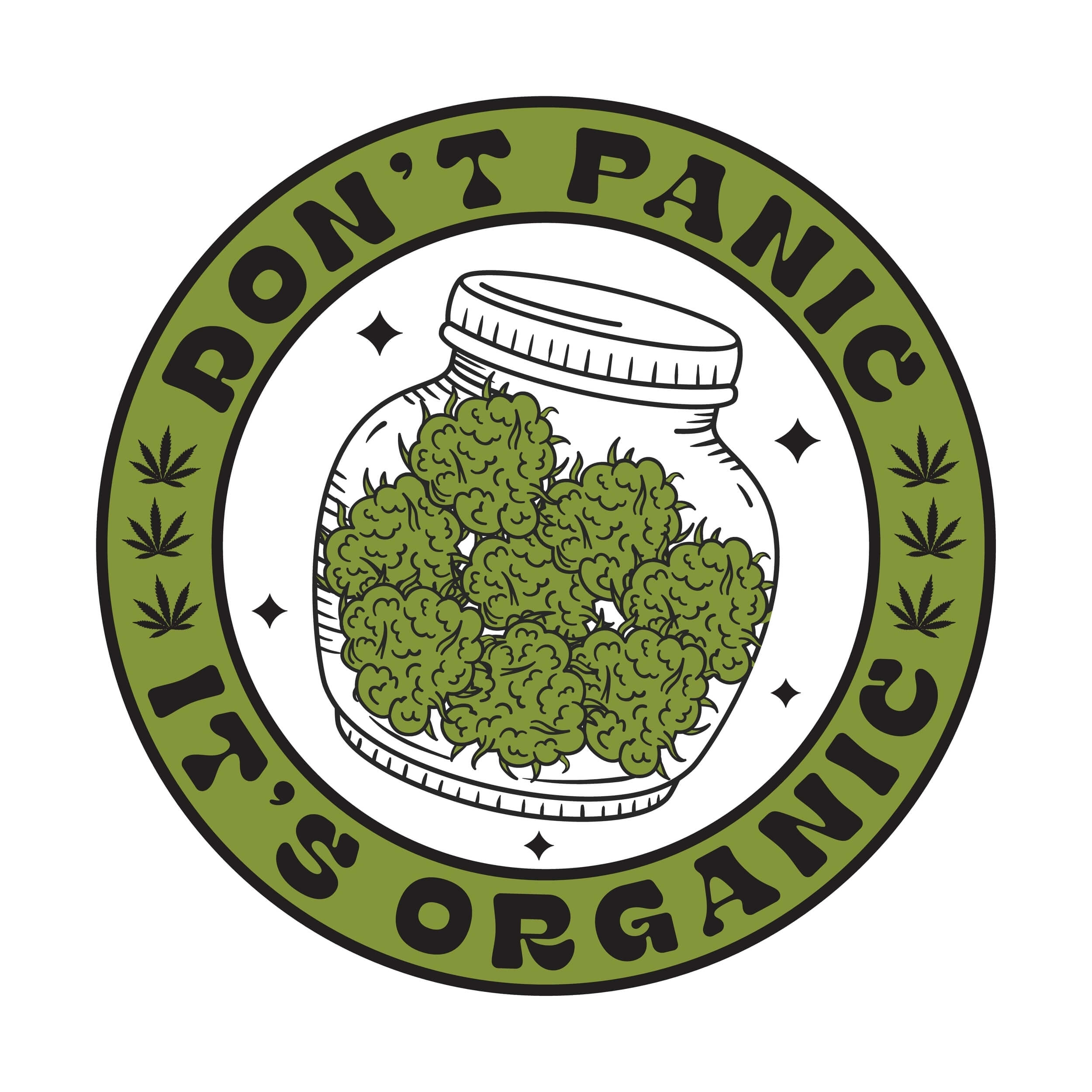The 1990s were a crucial period for the development of cannabis, not just in legal terms, but also in cultural and technological terms. In much of the world, cannabis remained illegal and demonized, but in certain regions such as the Netherlands, the plant began to see a greater degree of tolerance and regulation. In Amsterdam, for example, coffee shops selling cannabis operated within a flexible legal framework, attracting tourists and growers from around the world. At the same time, in the United States and Canada, the first serious moves toward the legalization of medicinal cannabis were underway, with California passing Proposition 215 in 1996, which allowed the use of cannabis to treat a variety of medical conditions.
In parallel, cannabis cultivation technology advanced significantly. The cannabis community experienced a boom in the creation of new genetics and cultivation techniques, leading to the refinement of strains that are still popular today. In addition, indoor cultivation began to dominate the market, as it offered the possibility of complete control over growing conditions and much more discretion, which was essential to maximize yield and quality at a time when outdoor cultivation was still risky due to restrictive laws. This was a period of innovation, where seed banks and growers around the world shared knowledge and techniques, leading to a true cannabis revolution. Today we will delve into this interesting decade and look at some of the most important milestones in our industry…will you join us?

Famous hybrids from the 90s
The 1990s saw the birth and consolidation of some of the most iconic cannabis hybrids in history. Strains such as White Widow, Northern Lights, AK-47, and Jack Herer made their debut during this time and became benchmarks in the cannabis world. These hybrids combined the best characteristics of the indica and sativa strains developed during the previous decades, creating plants with a perfect balance between relaxing and stimulating effects. Hybrid genetics allowed growers to offer more resistant varieties with greater potency, better flavor and aroma, and higher yields.
White Widow, for example, stood out for its powerful effect balanced between euphoria and relaxation, while Northern Lights became famous for its deeply sedative effects and endurance in indoor cultivation. Jack Herer, on the other hand, became a legendary hybrid thanks to its cerebral and stimulating effect, ideal for creative activities. This decade not only brought diversification in the seed market but allowed growers to experiment with new combinations of genetics, which opened the door to an era of breeding varieties according to the needs of the user and the characteristics of each growing environment.

Cannabis in the 80s, the Dutch revolution
Although legally speaking, the 1980s did not represent a great advance in terms of the cannabis situation, socially and in terms of the sector, things were moving forward at a good pace. Thanks to legislation that was more weed-friendly than that of the United States, Amsterdam emerged as the world capital of the plant and the birthplace of the first seed banks that we still know today. In this article, we take a look at this interesting decade.
Indoor cultivation is becoming an option
One of the big breakthroughs of the 90s was the establishment of indoor cultivation as a viable and preferred option for many growers. Until then, most cannabis was grown outdoors, which was highly dependent on climate and geographic location. However, the development of technologies such as high-pressure sodium (HPS) lamps, ventilation systems, and cannabis-specific nutrients allowed growers to have much greater control over the growing environment. This made it easier to produce more uniform, more potent, and higher-quality harvests, regardless of the external weather conditions.
Indoor cultivation also offered a discreet solution in places where laws were still strict. Growers could adjust light, temperature, and humidity cycles to achieve multiple harvests per year, which was impossible with outdoor cultivation. In addition, indoor cultivation allowed for experimentation with new techniques such as Sea of Green (SOG) or Screen of Green (SCROG), which optimized space and increased yields. By the late 1990s, indoor cultivation was not only a viable alternative but had become the standard method for many growers, especially in urban areas and regions with harsh climates.
Growing indoors also favored the development of new genetics thanks to much greater control than that offered by outdoor crops; in fact, for breeders, indoor cultivation was a real revolution, since they could now keep their preferred parents in the form of clones, as well as being able to carry out more controlled pollinations than in the case of outdoor plants, with a much lower risk of cross-pollination or accidental pollination.

The clone market
During the 1990s, and largely thanks to the rise of indoor cultivation, the cultivation – and of course, the market – for cannabis clones expanded significantly. The use of clones, which are cuttings from a mother plant that are used to replicate a strain genetically, offered growers a surefire way to ensure the consistency and quality of their crops. This technique allowed producers to reproduce plants with specific characteristics, such as high potency, disease resistance, or a unique terpene profile, without the genetic variability that can occur when using seeds.
The clone market grew mainly in countries where cannabis cultivation was more tolerated, such as the Netherlands, and in places where cannabis communities were more organized, such as California. Nurseries began to specialize in the sale of high-quality clones, allowing growers to save time and space in their crops. Clones not only guaranteed uniformity in harvests but also accelerated the growing cycle, as it was not necessary to wait for the seeds to germinate and grow enough to identify the sex of the plant. This method became established as one of the pillars of professional cultivation and is still widely practiced today.
Cannabis seed banks in the 90s: the revolution
The 1990s saw the rise of cannabis seed banks, which established themselves as key players in the global cannabis industry. These banks not only offered access to classic strains and innovative hybrids but also drove the professionalization and standardization of cultivation through the distribution of high-quality seeds. During this period, names such as Sensi Seeds, Dutch Passion, Green House Seeds, Paradise Seeds, Serious Seeds, and Mr. Nice Seedbank became synonymous with genetic excellence.

Sensi Seeds, founded by Ben Dronkers in the Netherlands, was one of the pioneers in creating stable hybrid varieties such as the famous Black Domina, Jack Herer, and Northern Lights. Dutch Passion, meanwhile, was instrumental in marketing feminized seeds, revolutionizing the way growers approached planting and eliminating uncertainty about the sex of plants.
Green House Seeds, created by Arjan Roskam, stood out for winning numerous Cannabis Cups with strains such as White Widow and Super Silver Haze, which became emblematic of the period. Meanwhile, Serious Seeds, run by Simon, offered a smaller but equally iconic selection, being responsible for strains such as AK-47 and Chronic, which became true classics.
Finally, Mr. Nice Seedbank, founded by Neville Schoenmakers and Shantibaba, offered legendary genetics such as Super Silver Haze and Critical Mass, focused on high yields and potency. These banks not only provided access to premium genetics but helped expand cannabis culture globally, laying the foundation for what is today the cannabis industry.
Feminized cannabis strains are born
The development of feminized seeds was undoubtedly one of the biggest innovations in cannabis cultivation in the 1990s. Before their advent, growers had to plant more seeds than necessary, as about half of them would turn into male plants, which do not produce flowers and, worse, can pollinate female plants, ruining the harvest by filling the buds with seed. With the introduction of feminized seeds, this problem was solved, as they guaranteed that virtually all plants grown would be female, the only ones that produce the cannabinoid-rich buds that growers are looking for.

The creation of these seeds was a major genetic breakthrough, and they quickly changed the way cannabis was grown. This development allowed growers to save time, space, and resources, as there was no need to weed out male plants or deal with the uncertainty of the sex ratio in plants. Feminized seeds also made growing at home easier, as even inexperienced growers could obtain good results without having to identify and remove male plants. This breakthrough was key in the professionalization of cultivation and helped popularize home-growing around the world; indeed, and partly thanks also to the appearance of the first grow shops, an increasing number of consumers decided to grow their own weed at home to guarantee both quality and a constant supply of their favorite flowers.
The 1990s marked a turning point in the evolution of cannabis, both in terms of cultivation and access to quality genetics. Advances in the creation of hybrids, the establishment of indoor cultivation, and the introduction of feminized seeds revolutionized the way growers around the world related to the plant. In addition, the consolidation of seed banks allowed consumers to access iconic varieties that would define an era. These changes not only boosted the growth of the sector but also laid the groundwork for the professionalization of the modern cannabis industry, leaving an indelible mark that still influences cannabis culture today.
Happy harvest!
Source link
#Cannabis #90s #green #tide #breaks #Alchimia #Grow #Shop